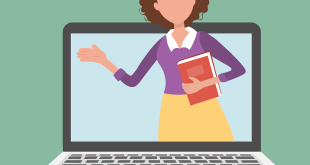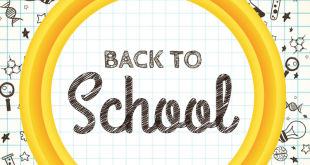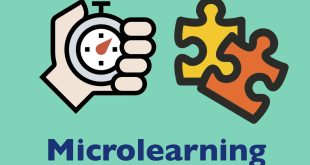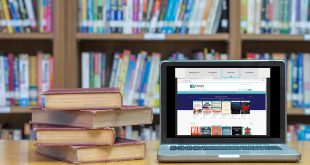What better way to start the year off than by tackling off some of the best extracurricular back to school activities to motivate students, lift their sense of self-worth, and boost their positivity?
Both teachers and students are still in need of extracurricular activities to lighten up school schedules and school work.
It is our turn now. Let us leave a bigger footprint in our young learners’ life to have a better future. Allow them to feel effective in their own classroom and even society. Give them confidence that what they say and do matter in the world.
One of the greatest teaching strategies we could utilize in class is giving students the keys to change the world itself, in their own way and pace though.
Get started Skolera for FREE
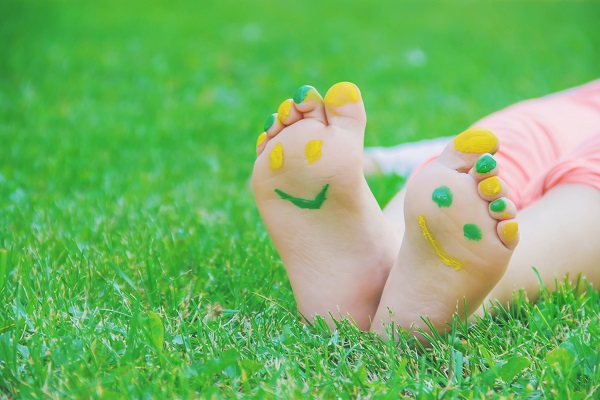
Table of Contents
1. Back to School: Paperless Classroom
Influencing students to believe that they could have a footprint in the world, a green one, that is, is the first way to go. Instilling a sense of ownership and responsibility towards the environment into young learners can go a long way in developing their pride and self-worth.
A case study in 2014 on secondary school students, Balıkesir city, suggested that schools teachings of environmental awareness are insufficient. Case studies are sometimes arguably bias, since they can’t cover wider population. However, they, on many occasions, ring a bell out to alert us to a certain issue to be tackled.
One of the biggest contributors of global warming and greenhouse gas emissions are deforestation and desertification—caused by human activities. A great factor contributing to this is paper use.

Moreover, it is estimated that over 15 billion trees are cut down every year. And according to the Environmental Protection Agency a ton of paper waste equals 15-17 mature trees. Each student uses approximately 1000 sheets of papers. So if schools can go paperless we will be saving thousands of much needed trees.
If you haven’t tried Skolera LMS for free yet, register from here.
Join Skolera Now for FREE
1.1. Teaching Strategies: What We Can Do
First: Let your students take the initiative and start going paperless in classroom. This will give them the sense of ownership and responsibility they need.
Second: Start the school year with making your students aware of the above deforestation facts by using videos, movies, or listening exercises. Brainstorm ideas, discuss solutions, develop them, and ask students how they can be applied.
Third: Integrating technology in schools is the best way to go paperless. Many schools around the world have already gone paperless. It is quite doable.
Skolera is one of the best learning management system applications in the world. Skolera has designed a feature called ‘zones’ through which students, teachers, and parents can take part in extracurricular activities: ‘zones button.’
Moreover, it also allows teachers to engage with their students in paperless school and extracurricular activities. One of its features is virtual assignments, classworks, quizzes, behavior notes, gradebook, to-do lists, schedules, and personal files.
2. Make 2019 Back to School Different
Using less papers is only one solution to many goals set by the UN Sustainable Development to change the world. It is our responsibility to educate new generations about these goals. Fostering a sense of ownership towards our climate and environment in students promotes a more responsible behavior on the long term.
2.1. So What Are the 17 Goals?
The goals are as follows: no poverty, zero hunger, good health and well-being, quality education, gender equality, clean water and sanitation, affordable and clean energy, decent work and economic growth, industry, innovation, and infrastructure, reduced inequalities, sustainable cities and communities, responsible consumption and production, climate action, life below water, life on land, peace, justice, and strong institutions, and partnerships.
Book FREE Live Demo Now
How do we introduce at least some of these goals into our students’ minds?
- Set a reward system by choosing classroom stars. For example, the student most interested in reducing electricity consumption is chosen and titled ‘energy star.’ He/she sets their own to-do list. He/she brainstorms what they can do, with the teacher’s guidance to confirm their safety at all times.
- Establish environmental clubs and committees, for example, “Green Committee.” The committee may hang posters on the classroom walls and school to spread awareness among other students.
- Hold recycling and planting contests among students.
- Ask your students to take a record how much water is consumed daily: even though the number would not be accurate, but remember that the point of this student activity is only to build the student’s awareness and sense of responsibility.
- Share stories of successful leaders that made difference in the world.
3. Back to School in a Different Way
The world has witnessed in the last week unprecedented students protests in 185 countries against climate change policies. Thousands of students across the globe joined the series of international protests occurred especially in the greenhouse gas biggest contributors: China, the US, etc.
Instead of choosing to go back to school, these students have opted to stand up for environment and reach out to the United Nations.
This is proof that the world is changing and it is only natural that new generations change with it. They are looking forward to take matters into their own hands, have their voices heard, and change the world into a better place.
Finally, these new generations are the balance that the world needs right now. But they can’t do it without our guidance. Helen Keller reportedly said “Alone we can do so little, together we can do so much.”
It is our turn now to help students find their place in the world. Introducing environmental education into class lets students see the positive footprints they can make not only in school but also in their society.
To follow up on the newest trends in education and learning management systems, check our blog on a regular basis. You can also know more about how to help your school through Skolera through our website.
Create Free Account
Resources:
- Environmental Awareness Level of Secondary School Students: A Case Study in Balıkesir (Türkiye), Ahmet Altin, Selcen Tecer, Lokman Tecer, and Sureyya Altin, Procedia – Social and Behavioral Sciences, Publisher: Elsevier, 2014.
- Unesco-UNEP International Environmental Education Programme, Environmental Education Series 9, Division of Science, Technical and Environmental Education, 1985.
 Skolera LMS Blog Educational Technology Articles and News
Skolera LMS Blog Educational Technology Articles and News

